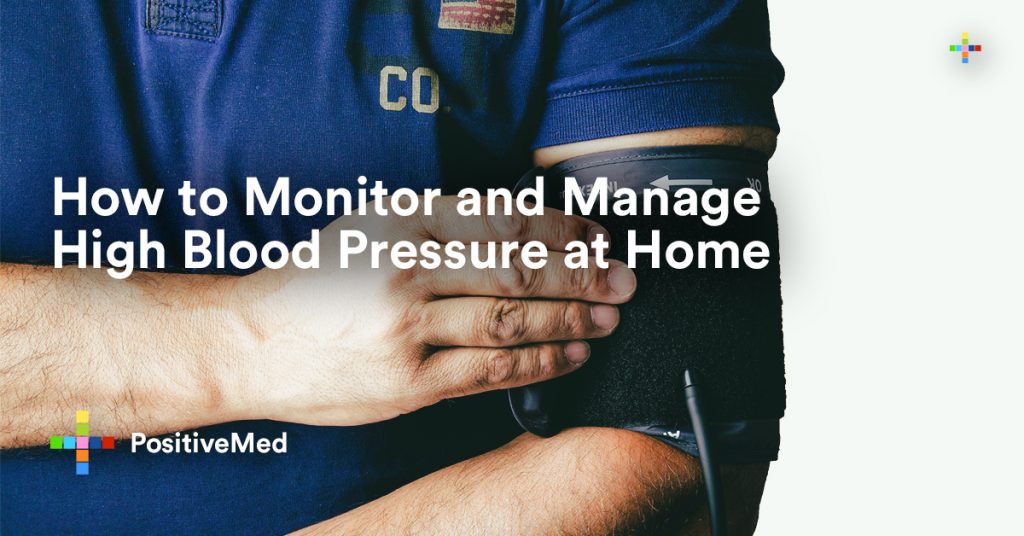A shocking 1 out of 3 adults over 20 years old in the United States has high blood pressure, with a good many of them not even knowing it according to the American Heart Association. High blood pressure, or hypertension, equals a consistent increase in the force at which blood is being pumped through your arteries.

As your 4-chambered heart takes blood in and pumps it out to recirculate vital nutrients and oxygen to your organs, bones, and muscles, it maintains a steady pressure around 120/80. The top number (systolic) indicates the pressure level at which your heart is beating and pumping blood through your body. The bottom number (diastolic) indicates the pressure level of blood in your arteries while your heart is at rest in between beats. A normal systolic pressure reading may actually range between 90 and 120, while a normal diastolic pressure reading may range between 60 and 80. Depending on your activity level, posture, age, sex, health, and even your sleep, your baseline blood pressure should fall within those windows.
A blood pressure that starts to rise above 120/80 reflects more and more effort required by the heart to pump blood throughout the body. As the heart works harder and harder, it can weaken and stop functioning correctly; and as high blood pressure places added stress to artery walls, they can create pockets for cholesterol to build up, degrade, and even lead to heart attack and stroke, among other health threats.
So what can you do to track down your potential for high blood pressure and fight hypertension in your own home? Turns out, the answer is quite natural.
Check Your Blood Pressure
Tracking your own blood pressure from home is easier than ever with digital blood pressure monitors you can wear on your arm or wrist. A bp checking device will read your systolic and diastolic pressures in seconds and display the reading on a digital screen. Many even track your pulse rate and maintain a digital memory file of past readings. For the average able-bodied person, blood pressure readings should be taken around the same time each day, sitting down with feet flat and hand raised to the heart.
Recording regular blood pressure readings daily gives you a baseline understanding of what a normal blood pressure is for you. If it is consistently high, see your doctor right away. If you have already been diagnosed with hypertension, tracking your blood pressure at home to monitor progress towards lowering it is a good idea as well. Portable blood pressure monitors can be found over the counter in most pharmacies as well as online.
Modify Your Diet
A healthy and balanced diet that is rich with fruits and veggies as well as lean proteins and whole grains does wonders for managing a healthy weight, which is crucial to fighting hypertension. Additional diet modifications, however, have proven to carry as much efficacy as some high blood pressure medicines. A DASH diet which includes eliminating almost all sodium, incorporating low fat foods, eating nuts regularly, and of course fruits, veggies, and lots of whole grains and lean meats has been proven to lower blood pressure. Drinks including beet juice, low-fat milk, and hibiscus tea have also been shown to effectively lower blood pressure when regularly consumed.
Exercise
Routine fitness plays a key role in lowering high blood pressure as it helps strengthen the heart, and simply put, a stronger heart can pump blood more efficiently, lowering the force on your vulnerable arteries. Exercise doesn’t need to include running marathons either – it can be as simple as taking brisk 20 or 30 minute walks every day, swimming, playing tennis, bicycling, hiking, even mowing the lawn or running around with your dog.
Mindfulness-cultivating exercises like yoga practice have also been shown to positively impact hypertension sufferers by boosting heart rate while also improving mood, reducing stress, and relieving joint and back pain.
While seemingly alarming rates of hypertension pervade the American population, the ability to prevent and control it at home potentially without pharmacological intervention is great news. Small steps add up to big results when it comes to blood pressure – self-monitoring, diet, and exercise are your keys to success.
Edited by: Jessa (March 2, 2019)






